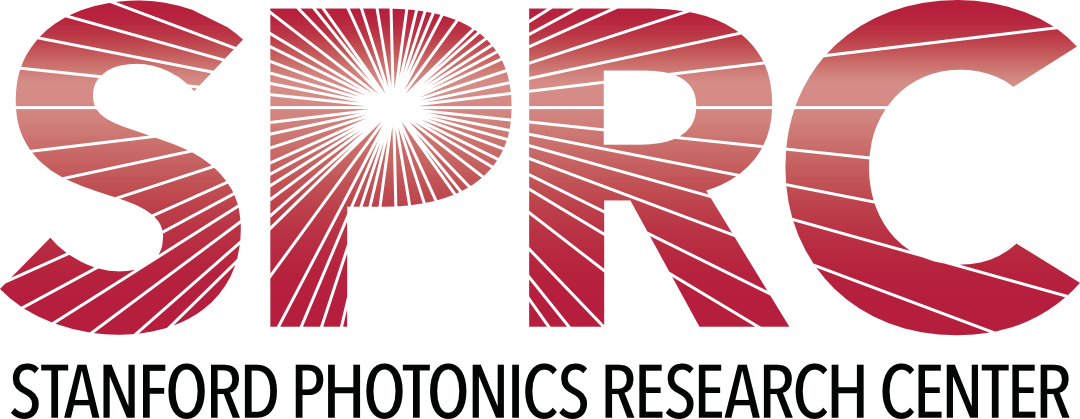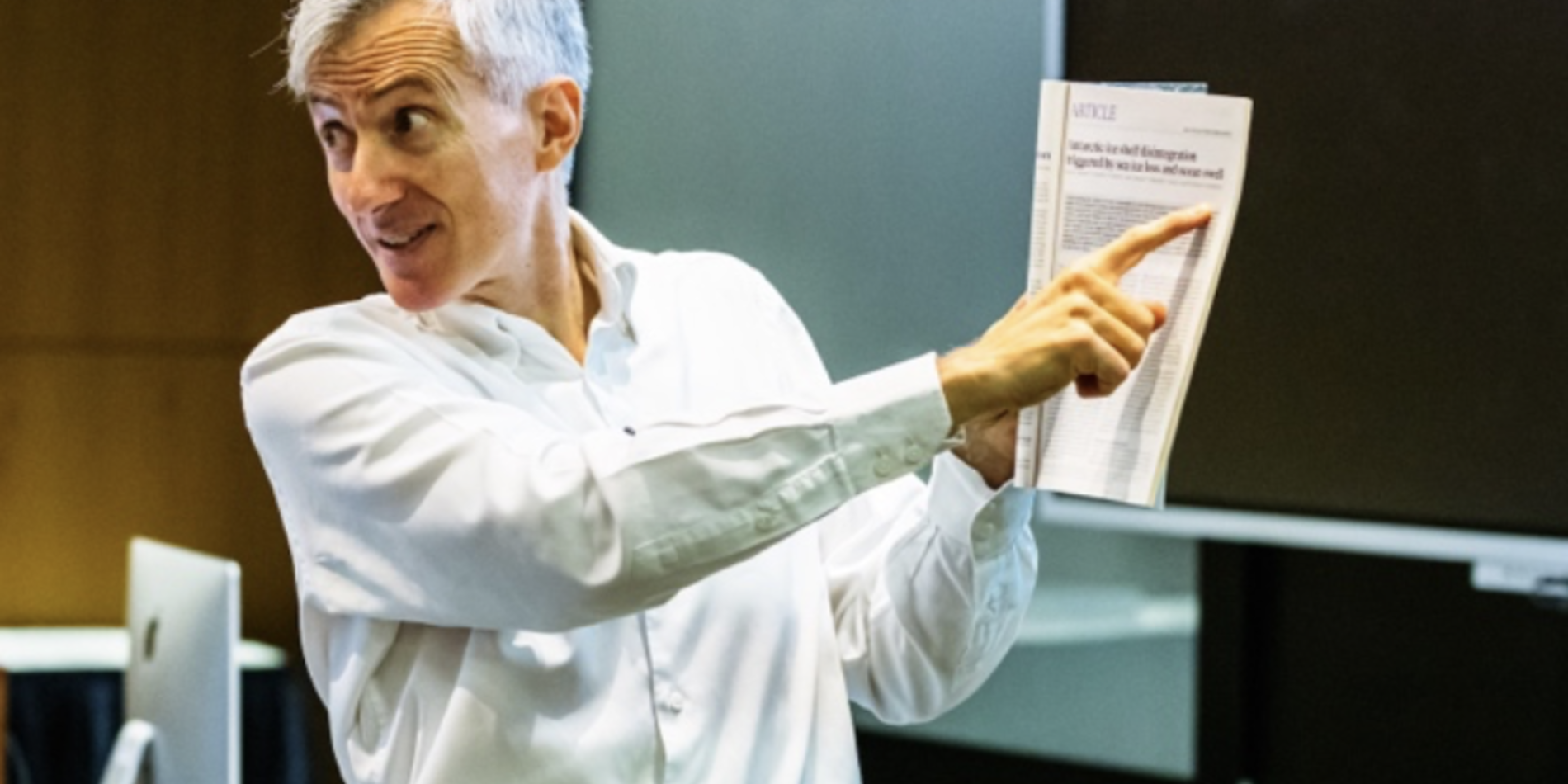Quantum Instrumentation Workshop

Quantum Instrumentation Workshop
Monday, November 13, 2023
9:30 a.m. – 1:00 p.m.
Allen-X, Room 101X, Stanford University

Sign-Ups
Bit.ly/3sp6IH2
Quantum technologies are starting to transform high-precision sensing, ultra-fast communications, and high-performance compute. While the underlying physics is fascinating, none of it could be brought to use without appropriate instrumentation. Therefore, this workshop focuses on quantum instrumentation used to realize advanced quantum experiments and devices, and on bringing people from related areas together to share insights, connect ideas, and network.
Agenda | |
| 9:30am | Coffee and pastries |
| 9:50am | Welcome and introduction Armand Niederberger, Executive Director, SPRC |
| 10:00am | Quantum Acoustics and Transduction with Nanomechanical Oscillators Amir Safavi-Naeini, Associate Professor, Stanford |
| 10:30am | Can a solid-state quantum simulator help us understand materials? David Goldhaber-Gordon, Professor, Stanford |
| 11:00am | Benchmarking large-scale quantum devices Joonhee Choi, Assistant Professor, Stanford |
| 11:30am | Unlocking the Potential of Quantum-Classical Processing Yonatan Cohen, co-founder & CTO, Quantum Machines |
| 12:00pm | Pizza, demos, and networking |
| 1:00pm | Event concludes |
The talks are intended for a broad audience (graduate students to professors and industry attendees). Pizza-lunch will be provided. Please use the above QR code to register by Friday, November 10, 2023.
Organized by: Armand Niederberger, Amir Safavi-Naeini; contact: photonics@stanford.edu
In collaboration with:


Abstracts
Quantum Acoustics and Transduction with Nanomechanical Oscillators
Amir Safavi-Naeini, Associate Professor, Stanford

In this talk I will outline some of our work on developing nanomechanical devices as transducers of quantum information, and for quantum sensing. I'll present Cleland et al's study [1], where we leverage a superconducting qubit as the electronic back-end of a nanoelectromechanical (NEMS) sensor, offering detailed insights into mechanical dissipation processes at the quantum level. I'll highlight our recent work by Jiang, Mayor, et al. [2], that brings optics and acoustics together, generating correlated optical and microwave photons. Finally I will speak about recent unpublished work [3] on dissipation in highly multimoded nanomechanical devices.
References:
- Cleland, Agnetta Y., et al. "Studying phonon coherence with a quantum sensor." arXiv preprint arXiv:2302.00221 (2023).
- Jiang*, Mayor* et al. "Optically heralded microwave photon addition." Nature Physics (2023): 1-6.
- Hitchcock, Makysymowych, et al, in prep.
Can a solid-state quantum simulator help us understand materials?
David Goldhaber-Gordon, Professor, Stanford

When Feynman suggested quantum-based computers in the '80s, he wasn't primarily thinking of the general-purpose quantum computers intensely pursued by companies and academic researchers today. Rather he imagined using quantum mechanical objects to simulate aspects of our quantum world. Effective model Hamiltonians are central to condensed matter physics, as they can capture the essence of material properties while avoiding the full complexity of actual materials. But even those model Hamiltonians can be intractable to treat on classical computers. Very perfect realizations of model Hamiltonians relevant to materials can now be built with ensembles of cold atoms or with nanopatterned solid state systems similar to those used to make qubits. I will compare new experimental results to cutting-edge classical computation, and then ask: What happens when we (soon!) get our wish and achieve a "quantum simulator" that can describe certain interesting Hamiltonians with power beyond the best classical computers and algorithms?
Benchmarking large-scale quantum devices
Joonhee Choi, Assistant Professor, Stanford

Quantum devices have reached a competitive stage where classical computers struggle to accurately represent the large quantum states targeted in experiments. Here, we utilize a high-fidelity, Rydberg quantum simulator to perform fidelity benchmarking in the high entanglement regime where exact classical simulation becomes impractical. Our approach involves a learning-based protocol for benchmarking a 60-atom system, along with the introduction of a new, highly-efficient classical algorithm. Additionally, we develop an efficient estimator for mixed-state entanglement, demonstrating the competitiveness of our quantum simulator with state-of-the-art digital quantum devices. We also evaluate the cost of classical simulation, which enables us to quantify the boundary between quantum and classical devices. Our results provide a new paradigm for evaluating the performance of both analog and digital quantum devices in the beyond-classically-exact regime.
Unlocking the Potential of Quantum-Classical Processing
Yonatan Cohen, co-founder & CTO, Quantum Machines

In recent years, it has become increasingly clear that realizing the potential of Quantum Computers would require tight quantum-classical integration, in particular to overcome the high error rate in various manners. In this talk, we will dive into the considerations for building quantum-classical architectures and present the latest progress and developments in the field. We will present our latest results from Google-Quantum Machine’s collaboration to perform long range quantum teleportation, demonstrating the need of and the advantage of tight, real-time quantum-classical integration. We will discuss the importance of defining quantum-classical processing requirements and benchmarks. Finally, we will introduce NVIDIA-Quantum Machine’s DGX Quantum, an architecture built to scale up ultra-low latency quantum-classical machines towards practical implementations of quantum error correction.

